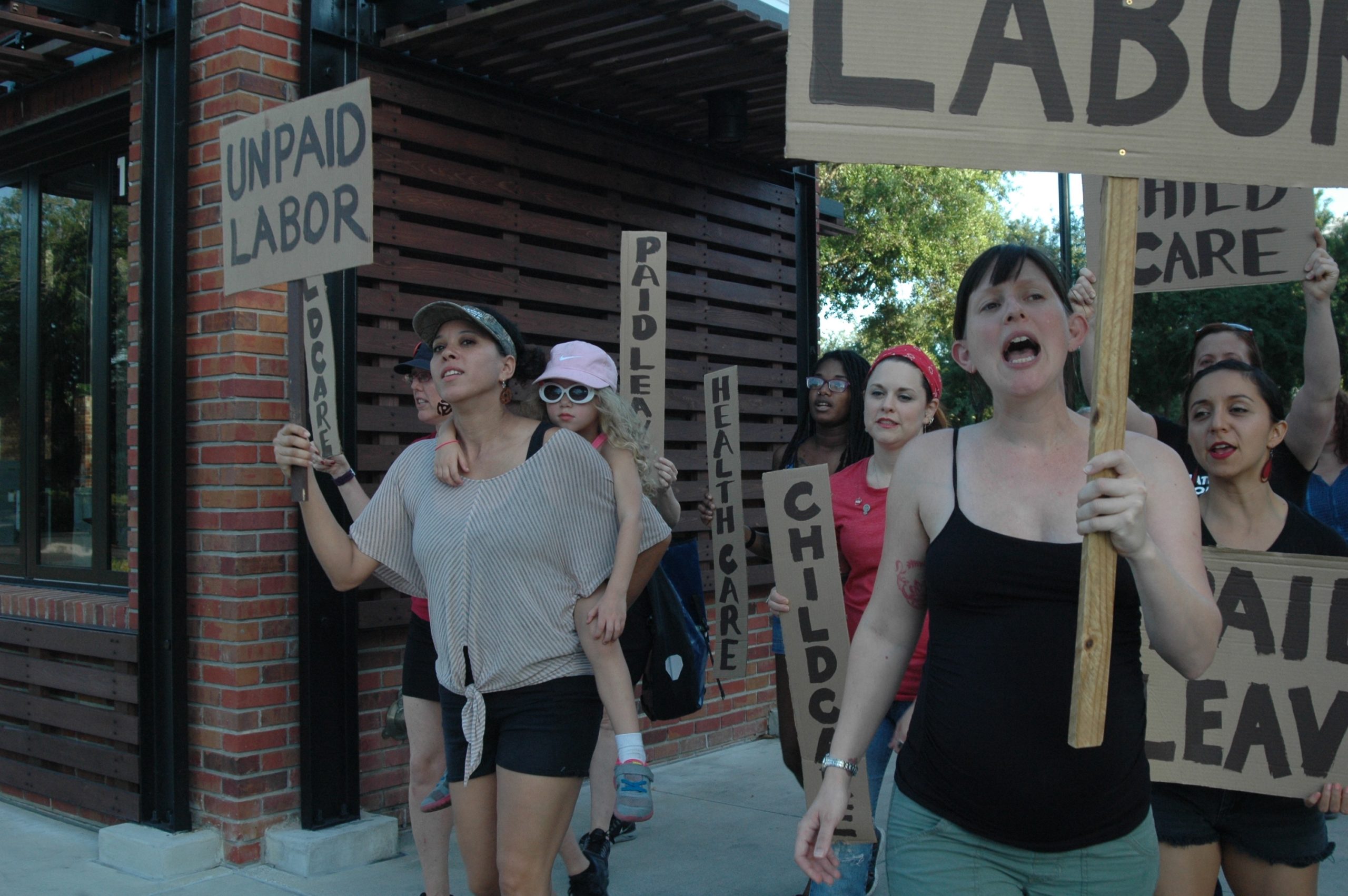
Who’s Afraid of the Lower Birth Rate? (from Organizing Upgrade)
by Jenny Brown
For the first time since the dawn of the capitalist system, most of humanity is experiencing below-replacement birth rates, and some countries, such as Japan and Korea, are starting to see declining populations as a result. In others, like the U.S., immigration rather than native reproduction is responsible for population growth. This fundamental shift has implications for our organizing, but it is almost never discussed among activists.
It is, however, a big topic in corporate thinktanks and journals. The London-based Financial Times has been ramping up panic with recent headlines: “Demographic time-bomb threatens growth in Europe,” “Italy’s plunging birth rate generates alarm,” and “Falling birth rate creates economic time bomb for Beijing.” In the U.S., the American Enterprise Institute published “Declining Fertility in America,” a 2018 report depicting a row of empty bassinets on the cover. Inside, Lyman Stone frets about the decline in demand for housing and other products, and the alleged danger to Social Security and Medicare caused by an aging society.
Why are these establishment entities worried? Until now, capitalism has depended on population growth as an underlying driver of economic growth. More people mean larger markets and abundant workers, and an ever-larger cohort of young people supporting those no longer able to work. Lots of young people makes it easy to staff militaries. But with stable or falling populations, economic stagnation, such as that which afflicted Japan for a decade, limits opportunities to profit. And establishment think tanks worry about how to fund Social Security without taxing the rich.
Capitalist systems have responded to lower birth rates with three general strategies. The first is to try to suppress women’s control over reproduction and promote traditional family arrangements. Typically we’ve seen blockages to abortion, obstacles to contraception, and low-information sex education. The second route, which had seeds in the 19th century but reached its peak in the 21st century in such countries as France and Sweden, has been to dedicate substantial resources to making it easier for working class parents, and women in particular, to have and raise kids. The third strategy is to import people from other countries, which I’ll address below.
Capitalist anxiety over falling birth rates may explain why the last decade has been characterized by intense attacks on abortion, birth control, immigration, and Social Security. We can counter these attacks more effectively if we understand where they are coming from.
